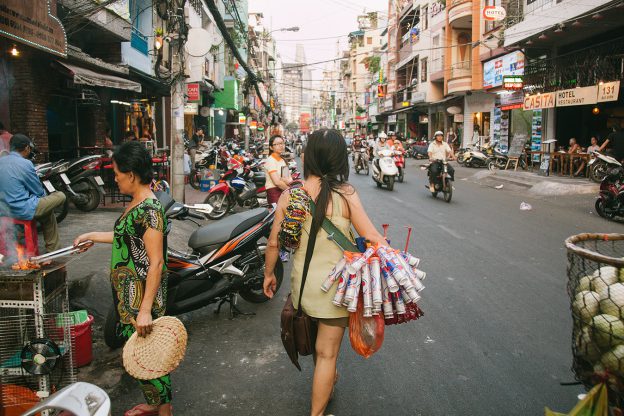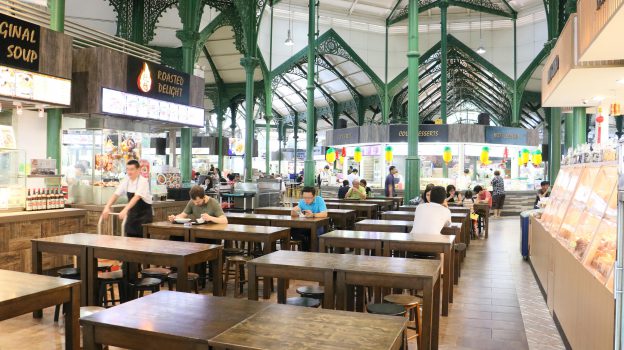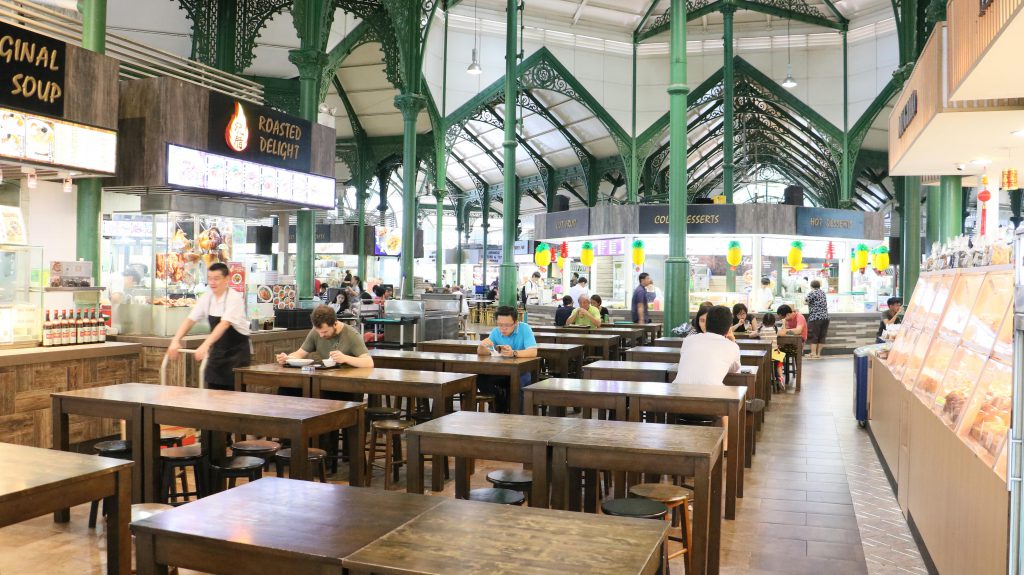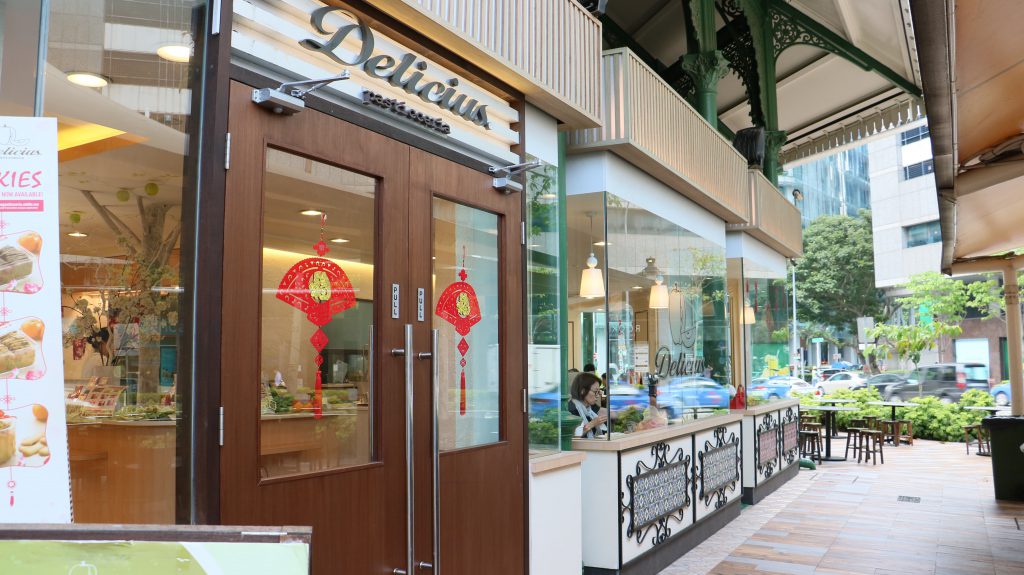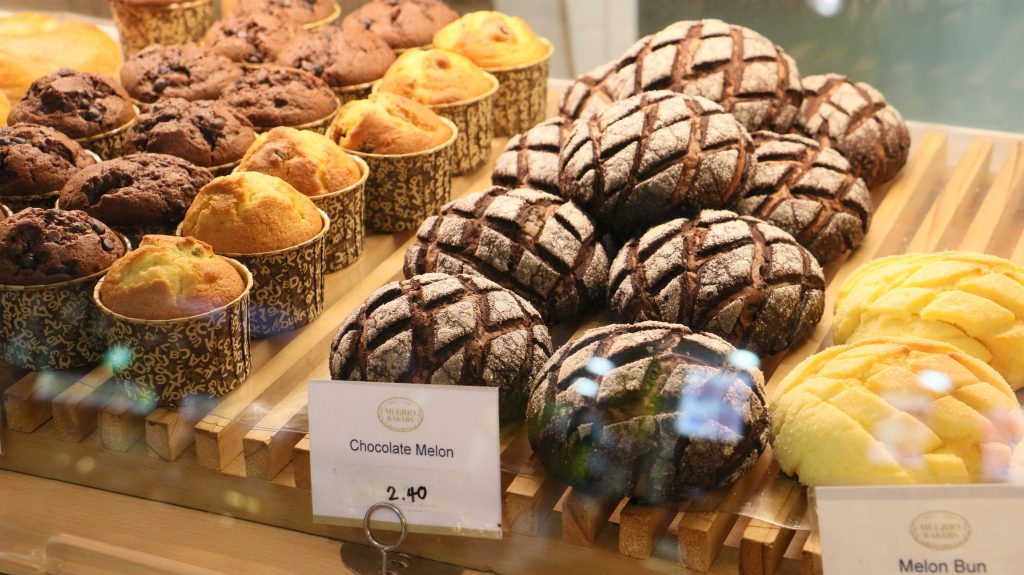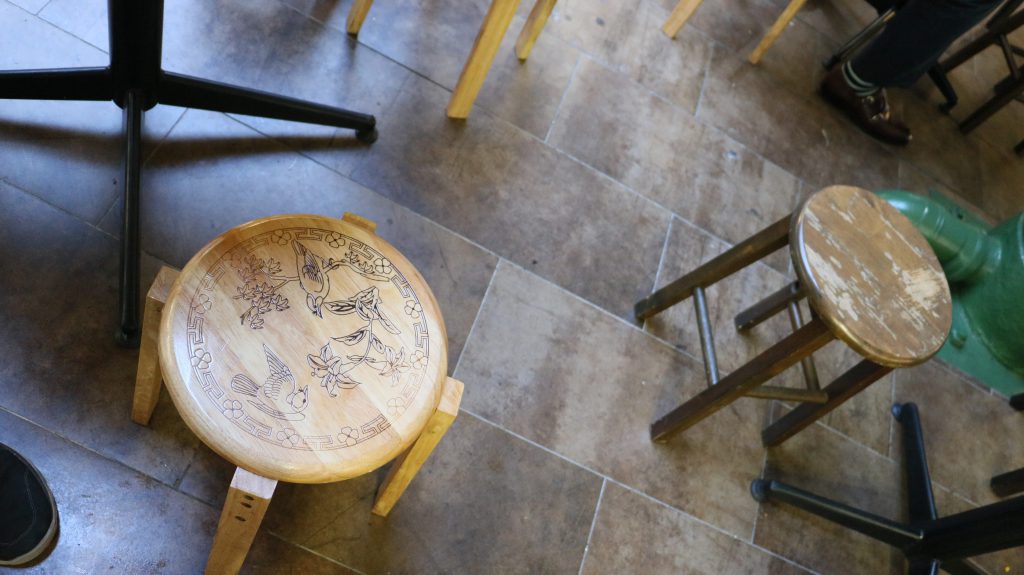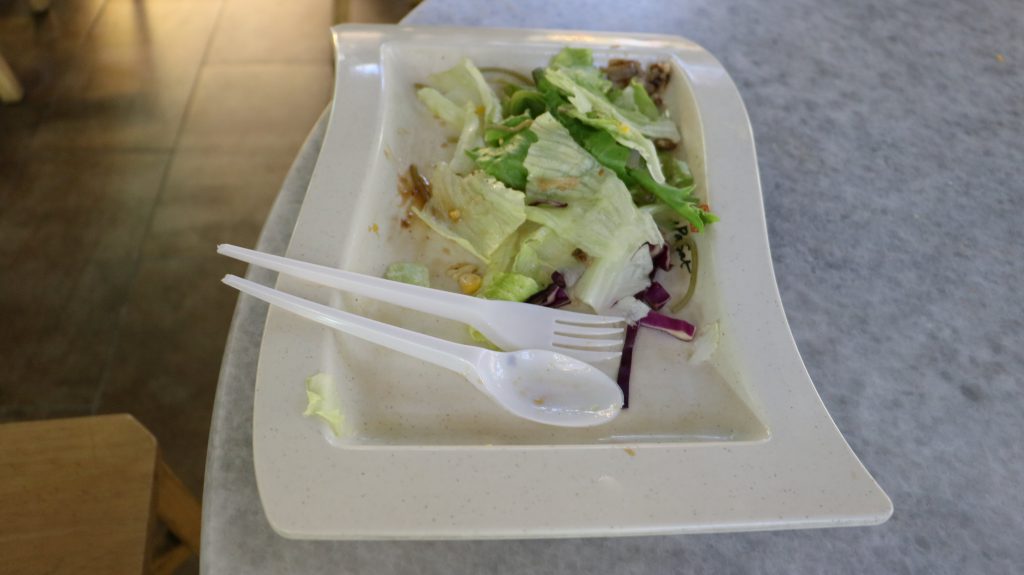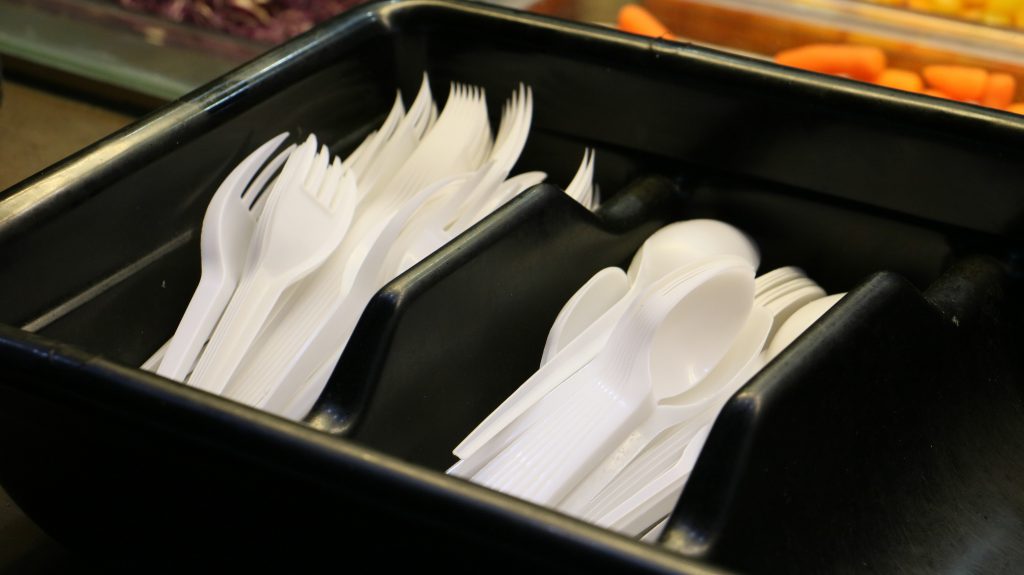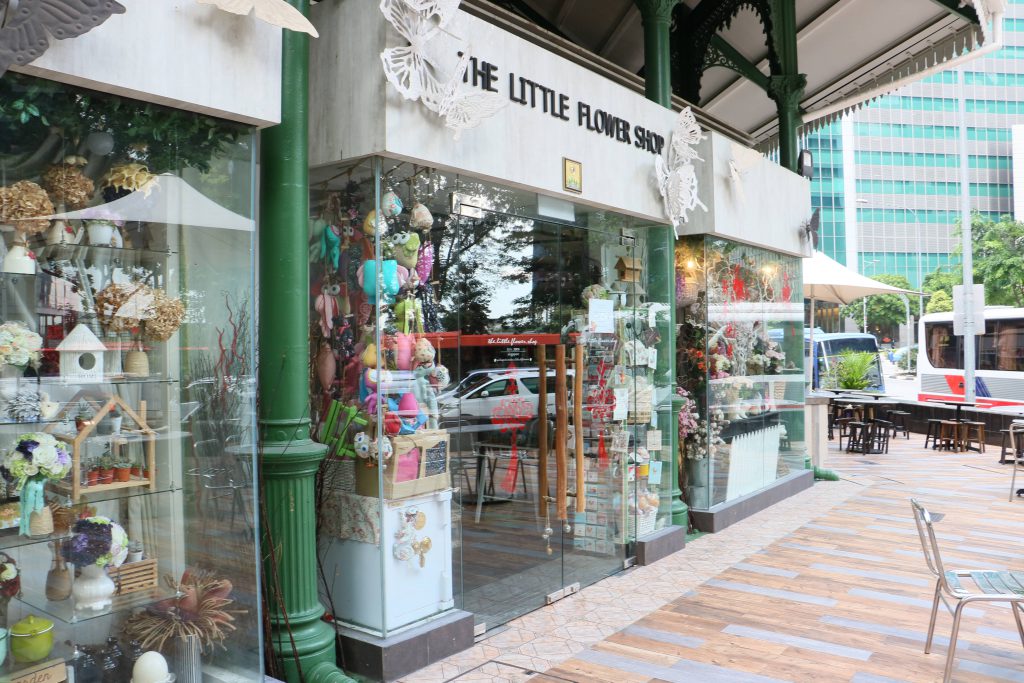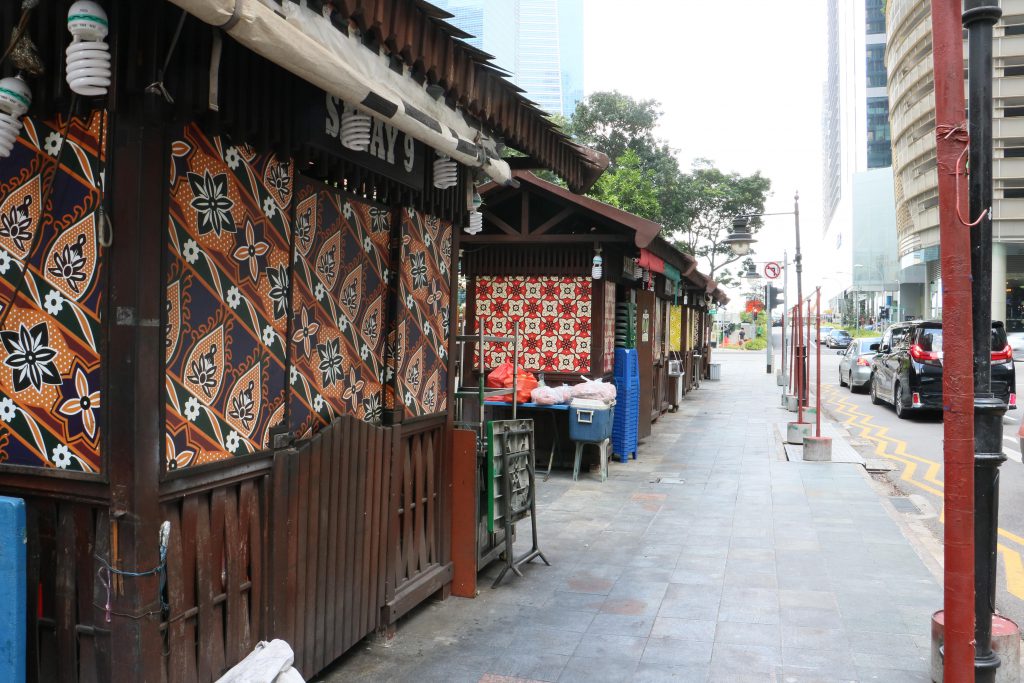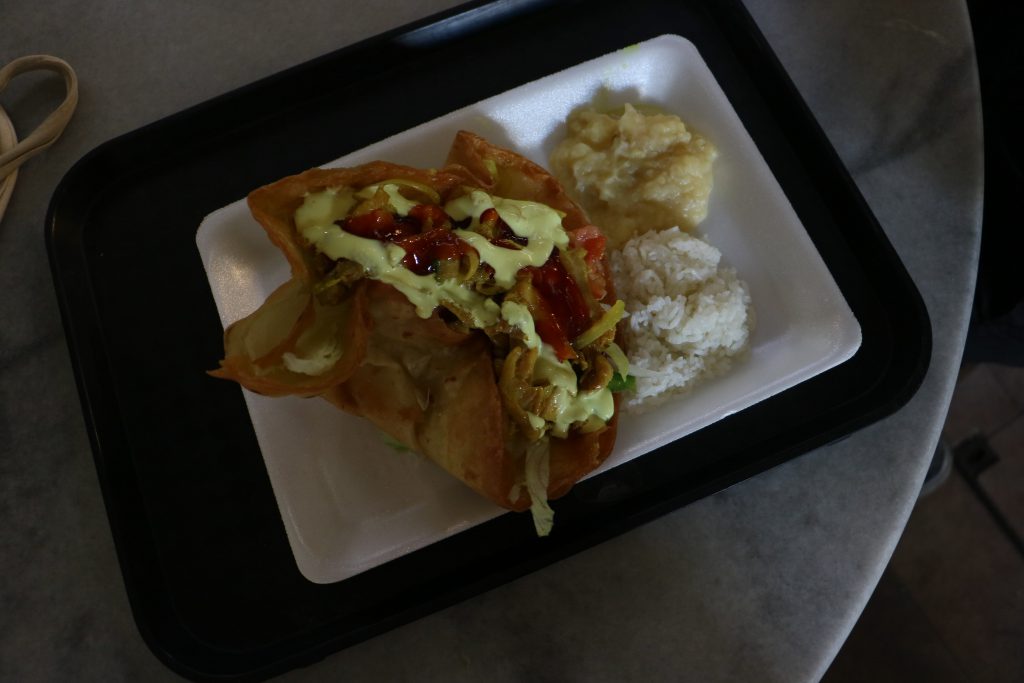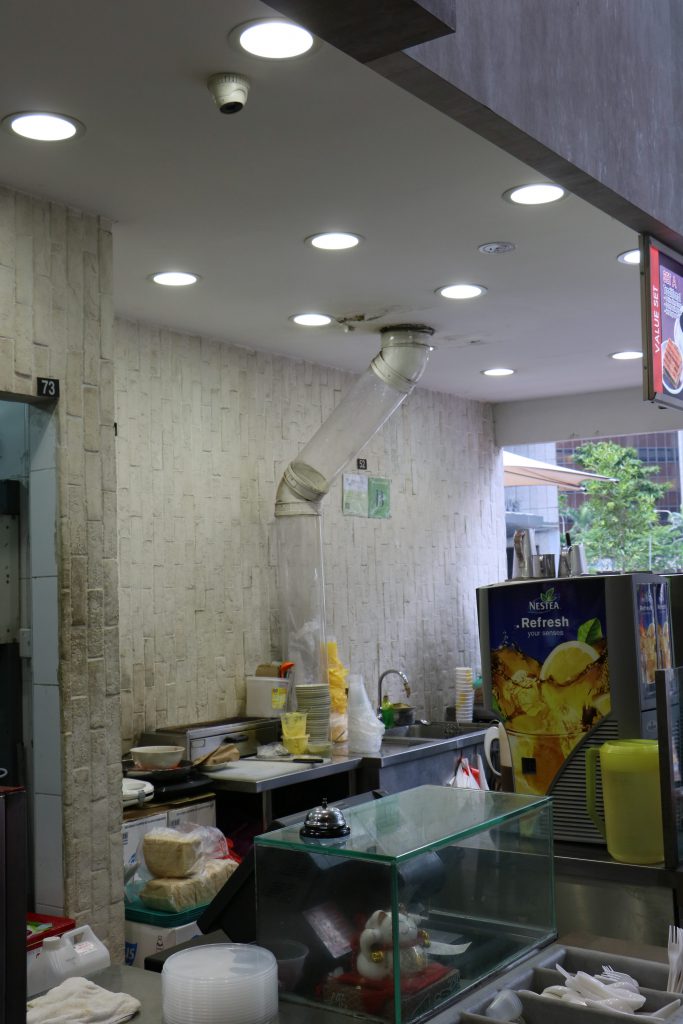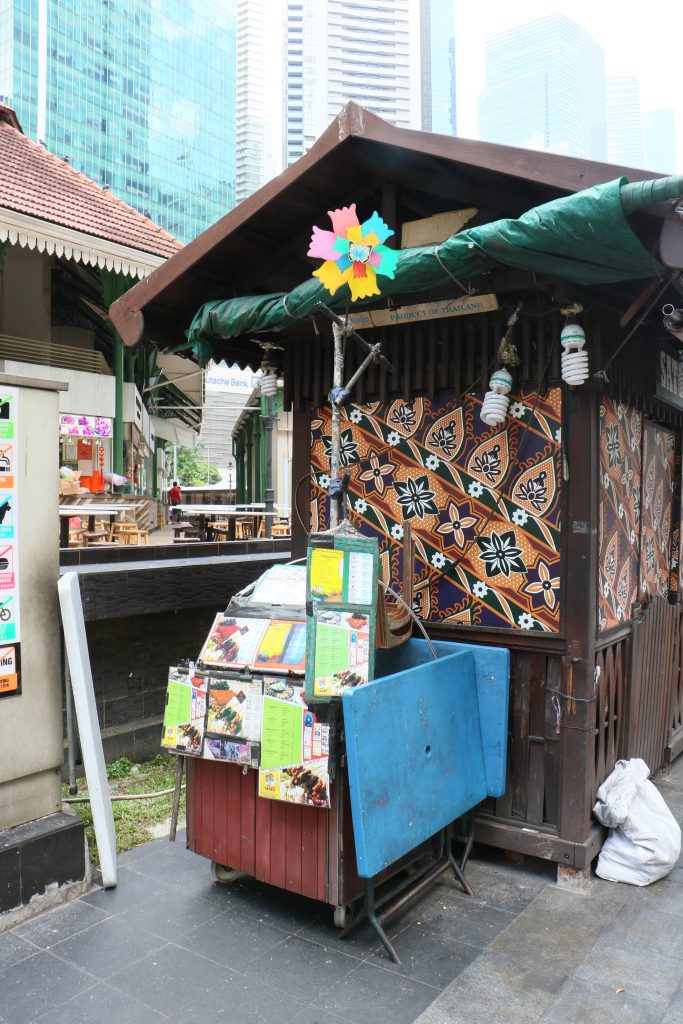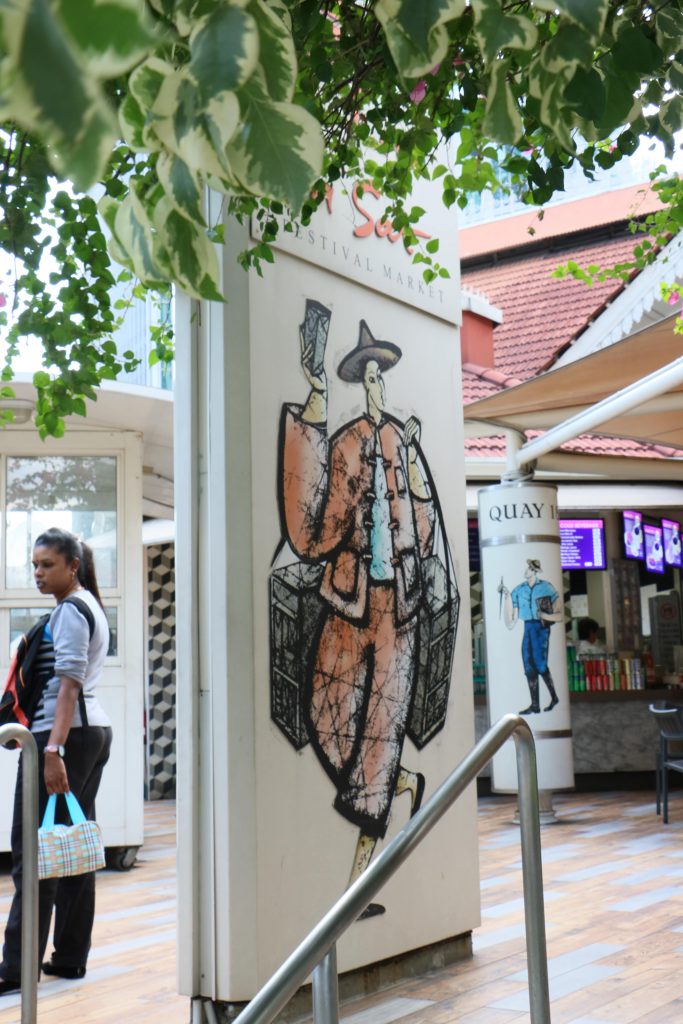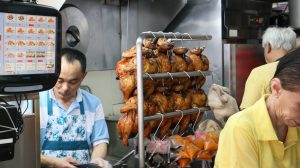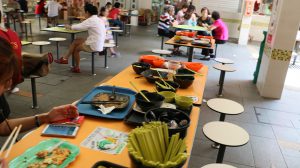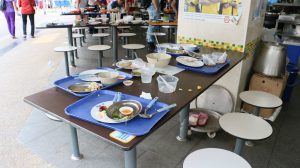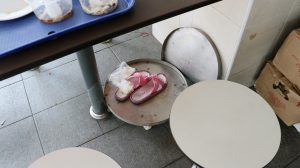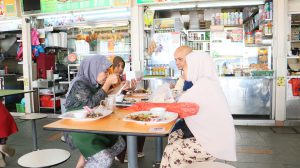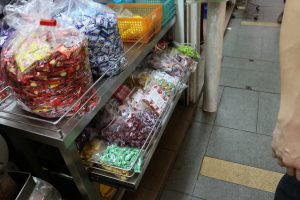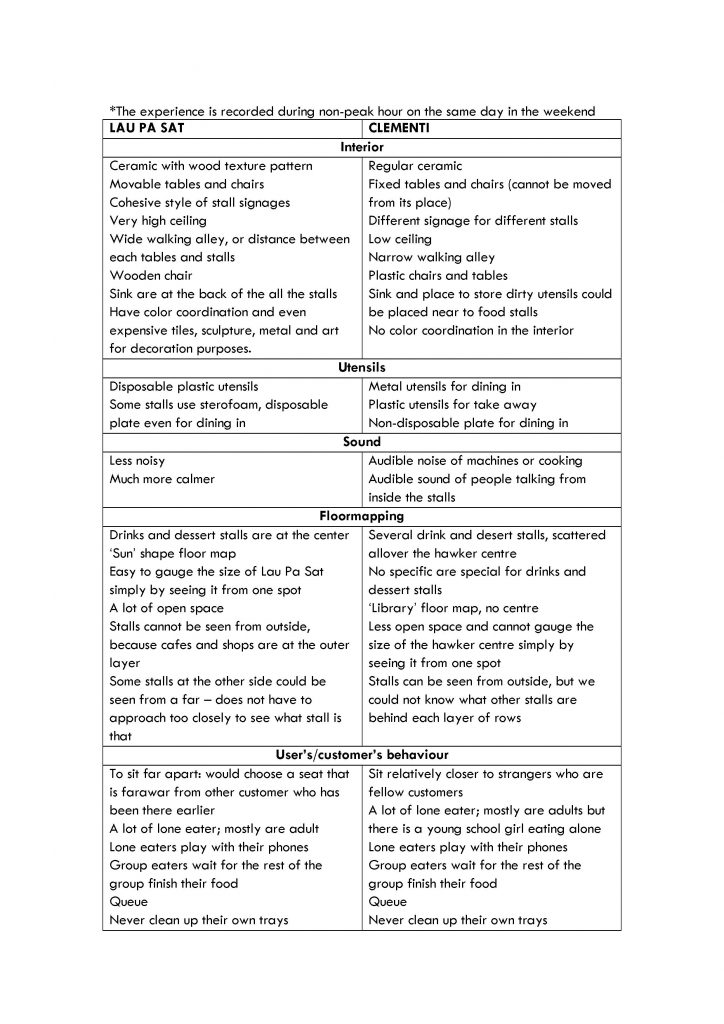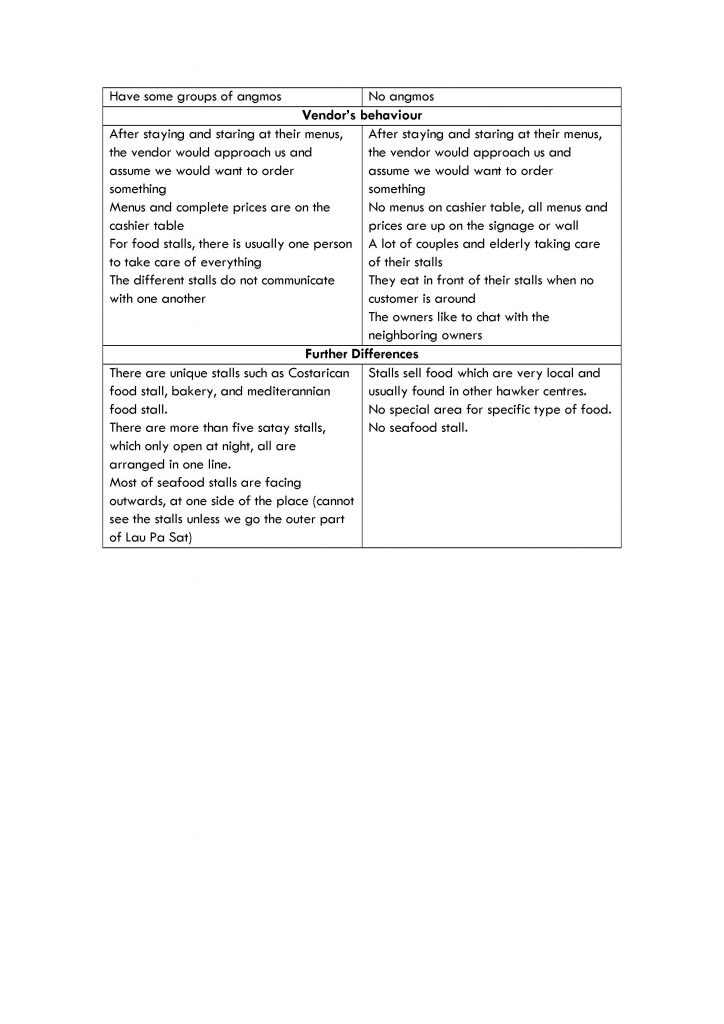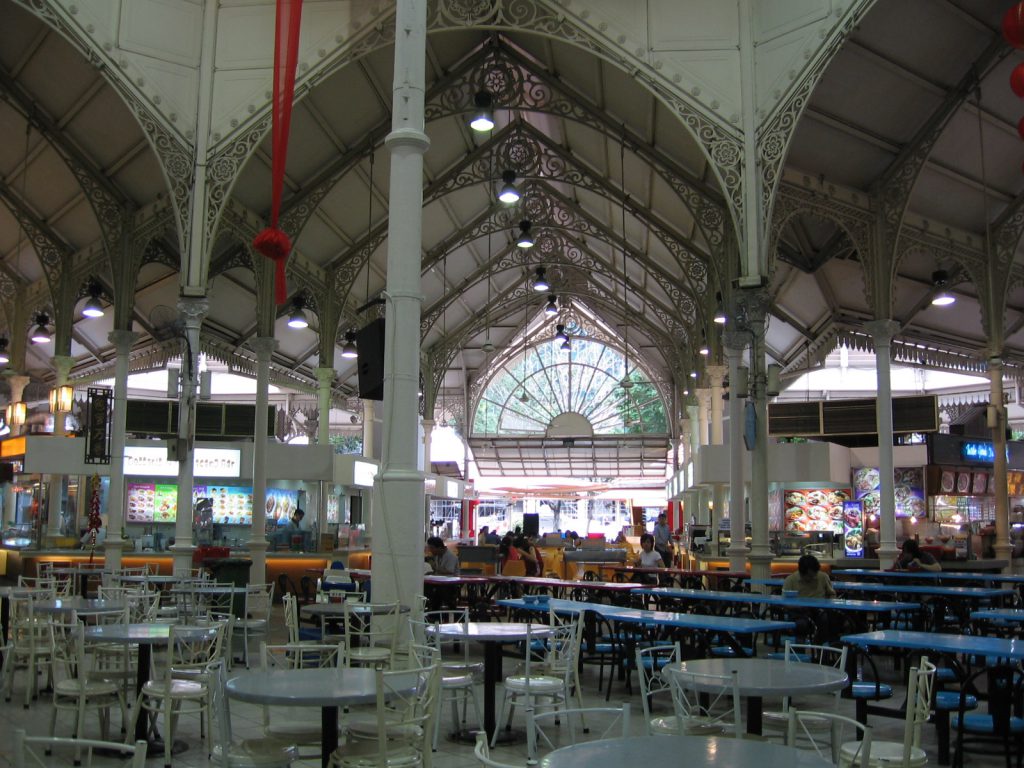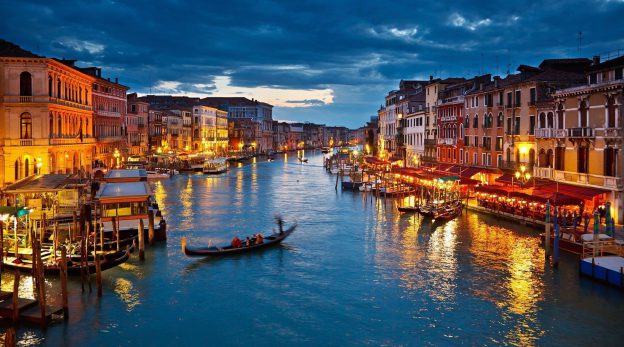REFLECTION
This chapter reflects well about most people’s daily lives – including mine. I can imagine myself adjusting my range of distribution of my belongings whenever I go back and forth Jakarta and Singapore. In Singapore, I carefreely put my bags on the floor, or on the empty seat beside me (like right now, as I’m doing this assignment at Starbucks), without checking whether they are still there or not, because I trust the society in Singapore and the cameras here – I believe these cameras around me really function for security and not just display. I feel safe about my belongings and the city. However, whenever I am in Jakarta, if I do not travel away from home by car (just go to nearby mall or convenience store) but by feet, I would rather not to bring any bag at all. I would wear long pants with big pockets to insert my phone and just enough amount of money to survive that day. Just the sight of a bag may attract pickpocketers, and I do not want that to happen. Bringing around bag when walking at the pedestrian walk is really dangerous because sometimes, the thief is riding on a motorcycle and snatches our bag. Then, if we try to fight for our belongings, more often than not the criminal would physically wound or kill us. I just realize how extreme my change in the range of distribution in the city where I grow up and the city where I was born. It means, the level of safety in the two cities are really different – or maybe, I am a paranoid in my own country because of hearing other people’s stories.
“Remembering less, owning less” is definitely happening too. I remember the time when I still had to carry around air ticket, phone, handicam, and passport when my family travelled abroad. Now, all I need is my phone and my passport to fly from one place to another – thanks to the online ticket and phone camera. But I feel humans, by our nature, keep wanting to have more even when we have the option to own less. Even though they are able to own less with the help of advanced technology, some people think they still need more things for various reasons due to the availability of variations. For example, my parents have dual SIM Card smartphone, so they can use two numbers in one phone, which is very convenient for separating business and personal contacts. However, instead of just having one mobile phone, they have three. Their reason is they need ugly, outdated phone, so they are still able to make a call safely if they have to go to unsafe places full of thieves and far from the metropolitan centre. They also have phones that is big enough for easy article readings, and the other (with slightly smaller screen) is just for chatting with other people. From this observation about my family, technology gives a lot of varieties to our essential things such as phones. Such varieties make consumers think of not to have less, but to have more, because the varieties give different levels of convenience.
QUESTIONS
- Are true design and innovation about creating “remembering less, owning less” for improving people’s standard of living, or creating variety to cater to different needs?
- Is it better to keep everything in one device (with the chance of being ‘paralyzed’ when that device is lost) or to spread our everything into different things (with the consequence of lower level of convenience and efficiency?






